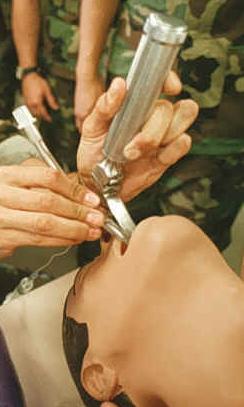Calling All Nurse Writers
Theresa Brown, RN, is an oncology nurse and one of the very few nationally prominent nurse-writers in the areas of nursing and health care. She on the Center’s Advisory Council and this is her first post as a HealthCetera guest blogger.
 Being the “nurse who writes” means I work under a misconception. Although a number of physicians regularly opine on the work they do in books, articles in The New Yorker, and my own home base The New York Times, I’ve never heard the MD-writer combination described as odd or bewildering. However, being an RN-writer is seen as unusual, and my admittedly unusual academic background—I have a PhD in English from the University of Chicago —- contributes to the view that I’m an intellectual oddity among my nursing peers.
Being the “nurse who writes” means I work under a misconception. Although a number of physicians regularly opine on the work they do in books, articles in The New Yorker, and my own home base The New York Times, I’ve never heard the MD-writer combination described as odd or bewildering. However, being an RN-writer is seen as unusual, and my admittedly unusual academic background—I have a PhD in English from the University of Chicago —- contributes to the view that I’m an intellectual oddity among my nursing peers.
But I am not alone in combining nursing and writing. Many nurses will be familiar with Echo Heron’s nursing memoirs and Carol Gino’s The Nurse’s Story. Tilda Shalof, a Canadian ICU nurse, and Patsy Harman, a certified nurse midwife, are both nursing and writing right now, and Harmon’s new novel, The Midwife of Hope River was just released. Saving Lives: Why the Media’s Portrayal of Nursing Puts Us All at Risk, a polemic by Sandy Sommers, RN, MSN, MPH powerfully argues that media stereotypes of nurses dangerously undermine nursing’s professional legitimacy.
These nurses, and I, all write for the same reasons that physicians do: educating the public about how health care works, outlining ways to make health care better, exploring how hard it is to work in a job that often deals with death, or showing what nurses’ clinical work actually involves.
By writing about nursing (or medicine) we learn about the nature of our roles as caregivers and we communicate the importance of that role to readers. In a recent column entitled “Money or Your Life” I wrote for The New York Times, I argued in favor of the Affordable Care Act by telling the story of a patient who wished for a death panel because he had no health insurance and worried that the care he needed to save his life would bankrupt his family. His choice would have been for the government to kill him rather than for his family to become destitute financing his care.

















